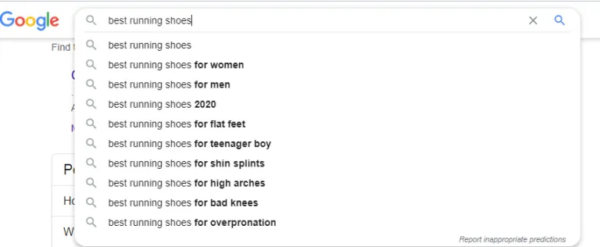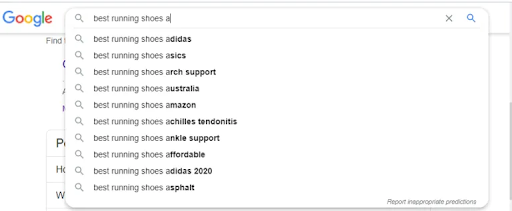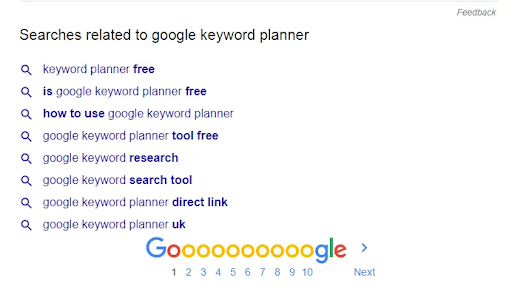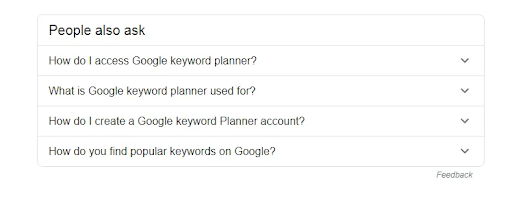Have you ever wondered how you can improve the quality of traffic to your website? As a business owner, you should be concerned not only with how much traffic you generate but also with the traffic quality.
To improve your traffic quality, you’ll need to target long-tail keywords.
Why long-tail keywords? It’s because they drive highly-targeted traffic to your website.
In this article, you’ll learn about what long-tail keywords are and how to use them to improve your traffic quality and revenue for your business.
Let’s begin.
What are long-tail keywords?
Long-tail keywords are search queries with low volumes but with higher commercial or purchase intent.
Since they are in low volumes, it is usually easy to rank for these kinds of keywords.
Many people make the mistake of calling any search query with more than 3 words long-tail. This is false because some search queries that have more than 3 words have high volumes.
Take for example the search query “Rick and Morty season 3 episode 4”. It has 7 words in it, but does that make it a long-tail keyword? Not at all because it still has a high search volume (60,500 searches/month) and no purchase intent behind it.

On the other hand a search query like “cheapest bicycle helmet” is considered a long-tail keyword because it has a low search volume (110 searches/month) and a commercial intent behind it.

How to identify long-tail keywords
Here is a 5-point checklist to identify long-tail keywords:
Long-tail keywords are specific
Think “Buy blue bicycle helmet” instead of “bicycle helmet”
Long-tail keywords have relatively lower search volumes
The search volume for the search query “bicycle helmet” is higher than for that of “buy blue bicycle helmet”
Long-tail keywords have a commercial intent behind them
Someone searching for “buy blue bicycle helmet” is more likely to make a purchase decision than some searching for “bicycle helmet”.
Long-tail keywords usually have higher click-through rates
Since the person searching for a long-tail keyword is ready to buy, these keywords have a higher chance of converting than head keywords.
Long-tail keywords are easy to rank for
Since they are specific and have low search volumes, it is easier to rank for long-tail keywords.
Why do you need long-tail keywords?
Do you want to make more profits for your business? There you have your answer. That is why you need long-tail keywords. These keywords are used by people who are already solution-aware and are ready to make a purchase.
If you target these keywords and rank for them, then you’ll be the business that people search on Google will send money on.
How to find long-tail keywords
Now that you know what long-tail keywords are and why you need them, let’s see how you can find them.
Begin with Google
Google is a great tool to find keywords – even long-tail ones. There are 3 ways you can use Google to find long-tail keywords.
The first is by using Google auto-suggestions. When you make a search query on Google, it usually adds search suggestions for you. To use this to your benefit, type in the head keyword you need a long-tail keyword.
Lets’s say you’re looking for long-tail keywords on “running shoes”. It would look something like this.

You can get more results if you add alphabets at the end of each term. This is the result after adding “a” to the search term above.

Aside from auto-suggestions from Google, you can also use the “people also ask” and “searches related to” sections of Google’s search engine result page.
If I was looking for long-tail keywords for the head term “Google keyword planner”, here are some suggestions from Google.

Here some keyword ideas from the “people also ask” section for this keyword.

Use SEO tools
Away from Google, there are some SEO tools you can use to find long-tail keywords to use for your business.
Some of these tools include Ubersuggest, ahrefs, and Wordstream’s free keyword research tool.
These tools are simple to use, and only require you to plug in your head keyword. After feeding the tool with your head keyword, you’ll find other search queries that qualify as long-tail.
Check public forums like Quora and Reddit
Quora and Reddit are some of the best platforms for you to find new keywords. On these platforms, real people are asking questions – usually as they’ll ask on Google too.
You can use the information or questions you gather from these platforms to get an idea of long-tail search queries that customers might be using on search engines.
Ask from the horse’s mouth
Not a literal horse, rather from the mouth of your customers.
You could create a questionnaire asking customers what search queries they use when searching for your products. Or what search queries they used in finding you in the first place.
Gather the most common or similar answers and you’ll have high-converting keywords you can use.
Where can you use long-tail keywords?
Long-tail keywords work like head keywords for SEO.
You can use them in your URL, post title, headers, paragraphs, and alt text for your images.
Over to you
Long-tail keywords are not too hard to understand and use. This article has given you enough information to start improving the quality of your traffic.
How are you going to use these keywords for your business?
Digital & Social Articles on Business 2 Community
(41)







